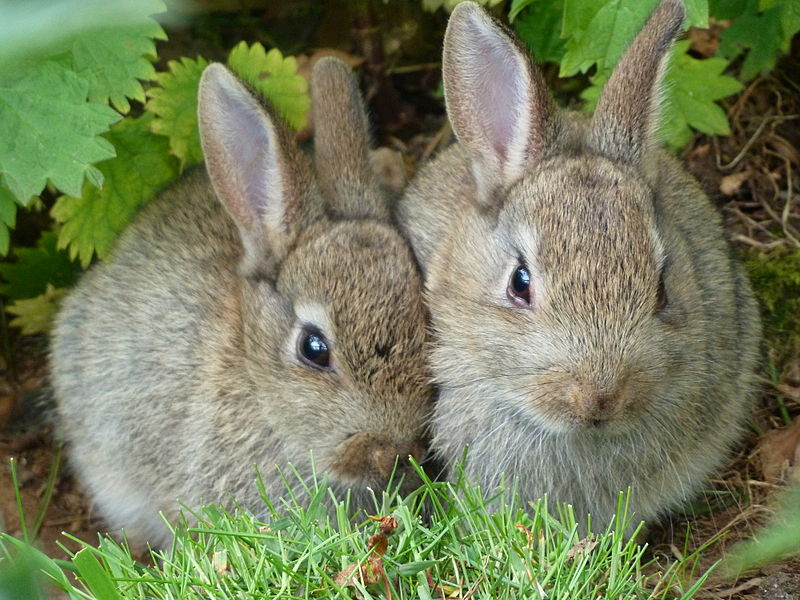Interactions:
The Circle of Life
Crocus sativus is involved with numerous
interactions throughout nature. For many organisms among
the Kingdom Animalia, the saffron plant and/or stigmas are
consumed for nourishment. Some examples of animals that
eat saffron for food include humans, squirrels, deer, rabbits,
chipmunks, voles, gophers, skunks, and mice. Many rodents
are found feeding on C. sativus because saff ron is
found to grow very low to the ground, or in other words right at
a rodent's level. In addition, it can acquire parasitic
diseases from different species of fungi.
ron is
found to grow very low to the ground, or in other words right at
a rodent's level. In addition, it can acquire parasitic
diseases from different species of fungi.
Not only can fungi harm this plant, but certain types of fungi
can be extremely beneficial. Endophytes, a type of fungus,
carry out a mutualistic relationship with saffron. These fungi
can fix nitrogen in the soil in order for the plant to be able to
use the nitrogen, and saffron can share sugars with the fungi for
nutrition. Furthermore, a specific species of endophyte,
Penicillium vinaceum, has been found to help in the medical
field as an antifungal and anticariogenic medicine.

In addition, during the rare conditions that cause saffron to reproduce sexually, saffron interacts with certain insects. Bombus sylvestris and Apis mellifera are two examples of insects that have been found to be pollinators for this specific plant species. This means that saffron partakes in a mutualism with these insects since they get food in the form of nectar from the plant's style, while the plant gets a means of spreading its pollen, and thus increasing chances of genetic variability.
Therefore, Crocus sativus interacts with other organisms in nature by acting as food for animals, being a medicine for humans, being part of parasitic symbiosis (relationship between two organisms) with certain fungi, and also being part of mutualistic symbiosis with endophytes.
In order to learn more interesting things about saffron continue to Fun Facts.
Return to Homepage Go to MultipleOrganisms.net

